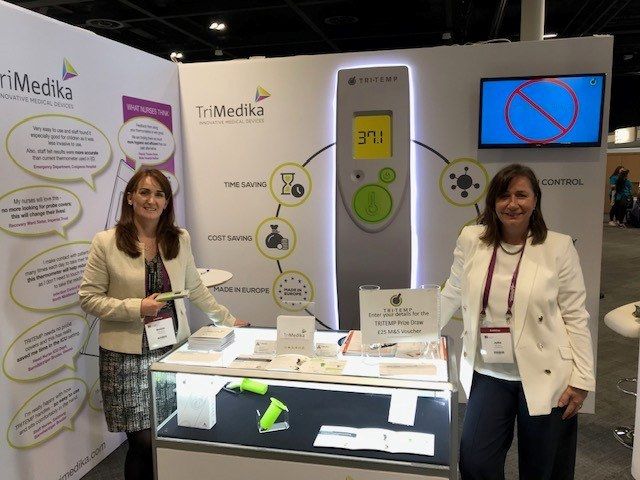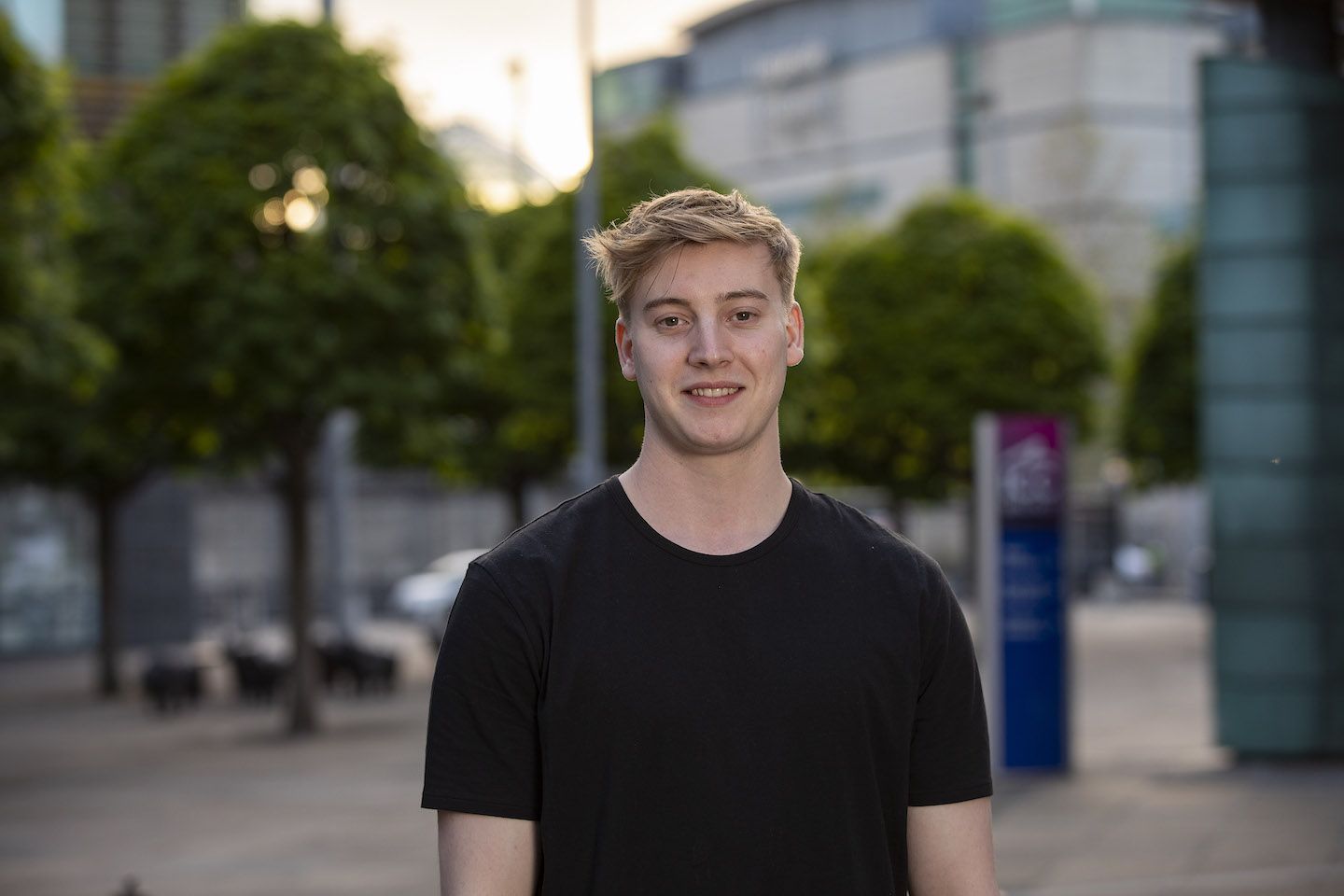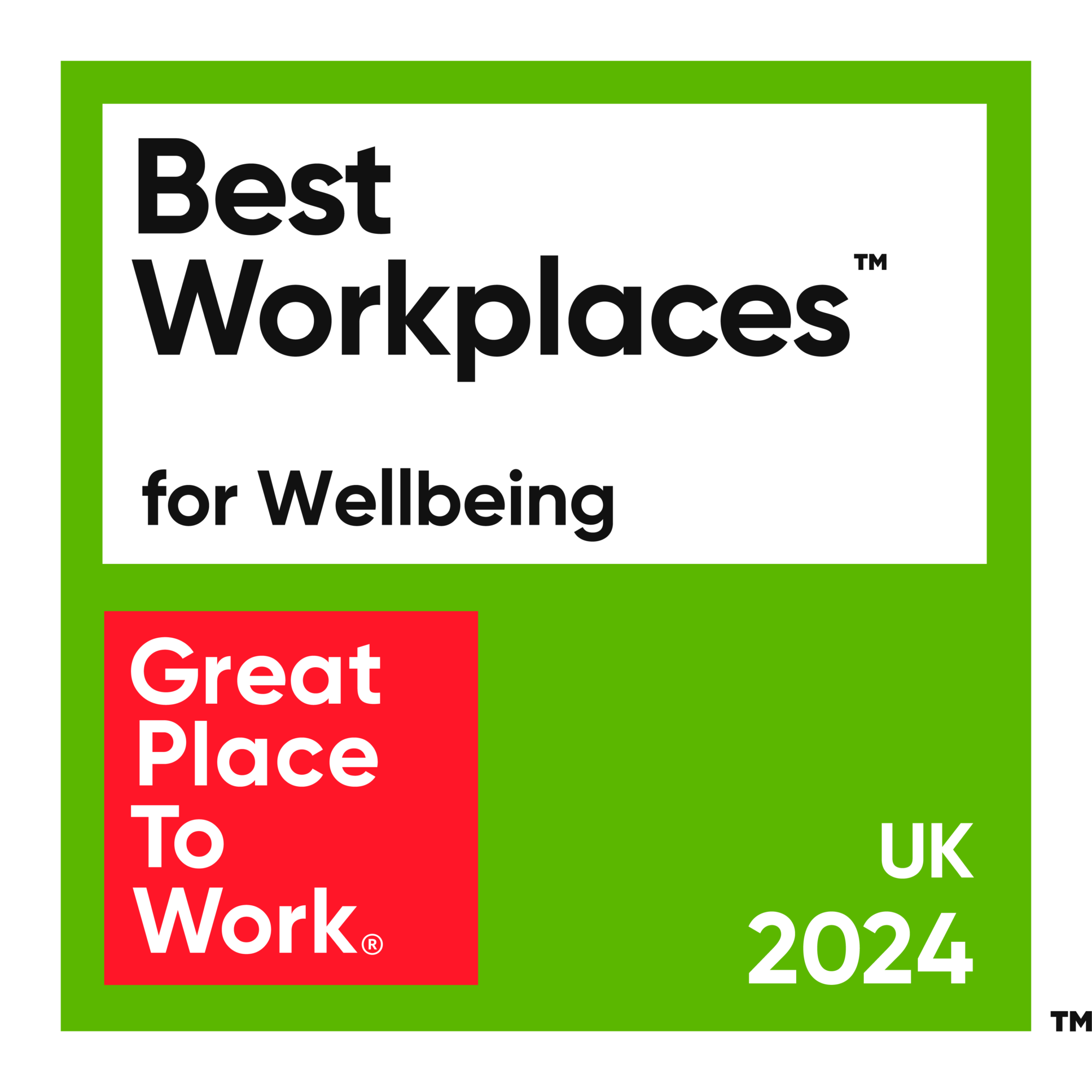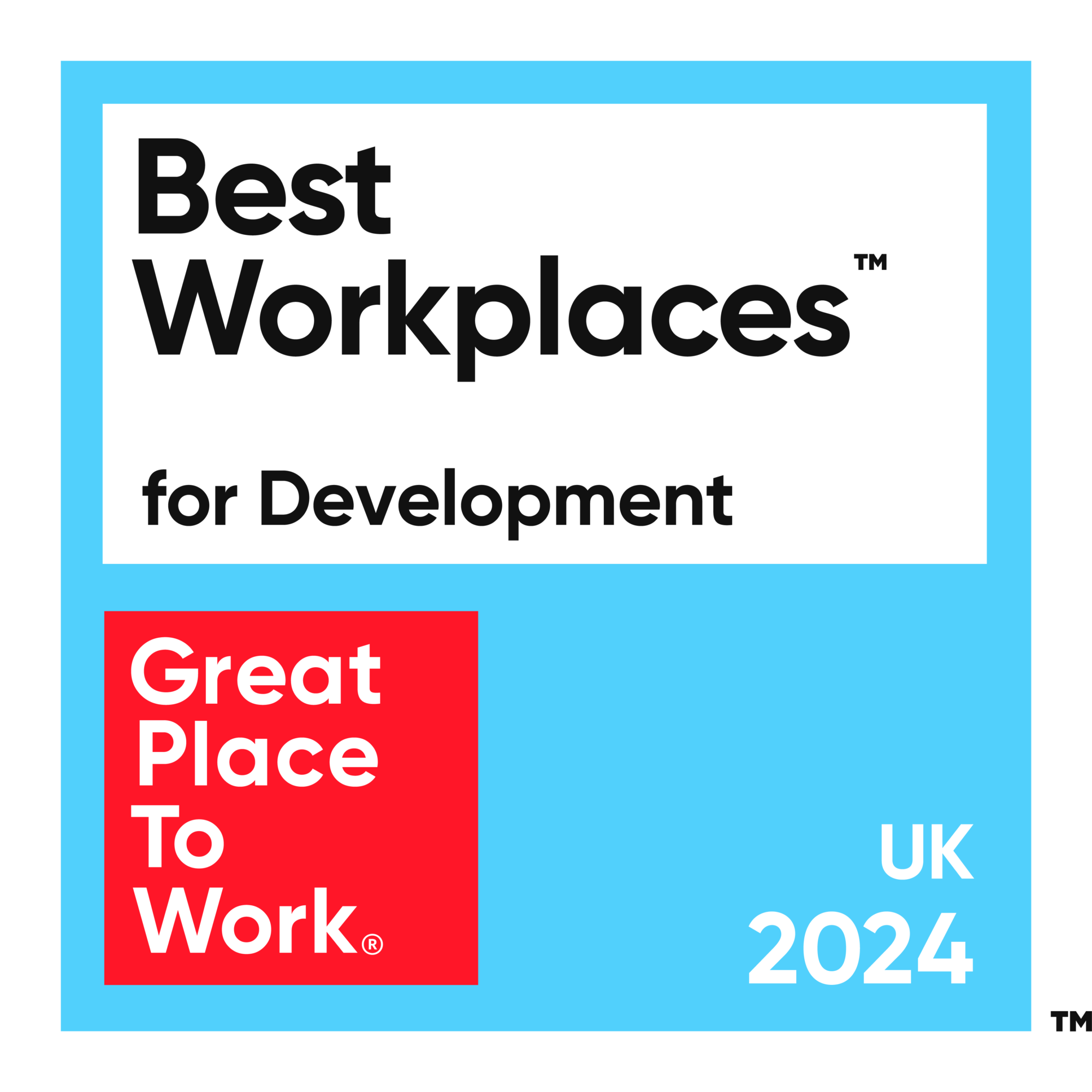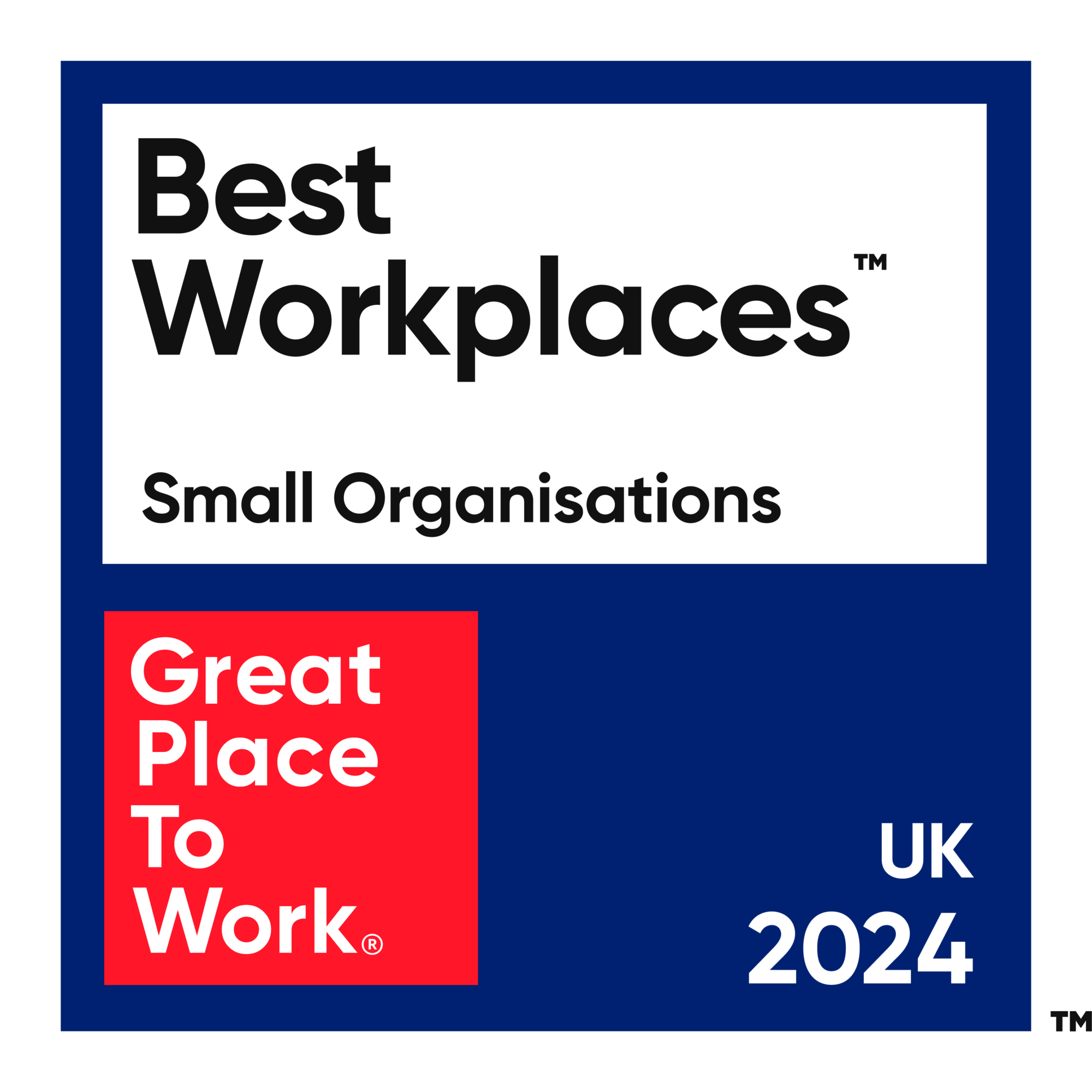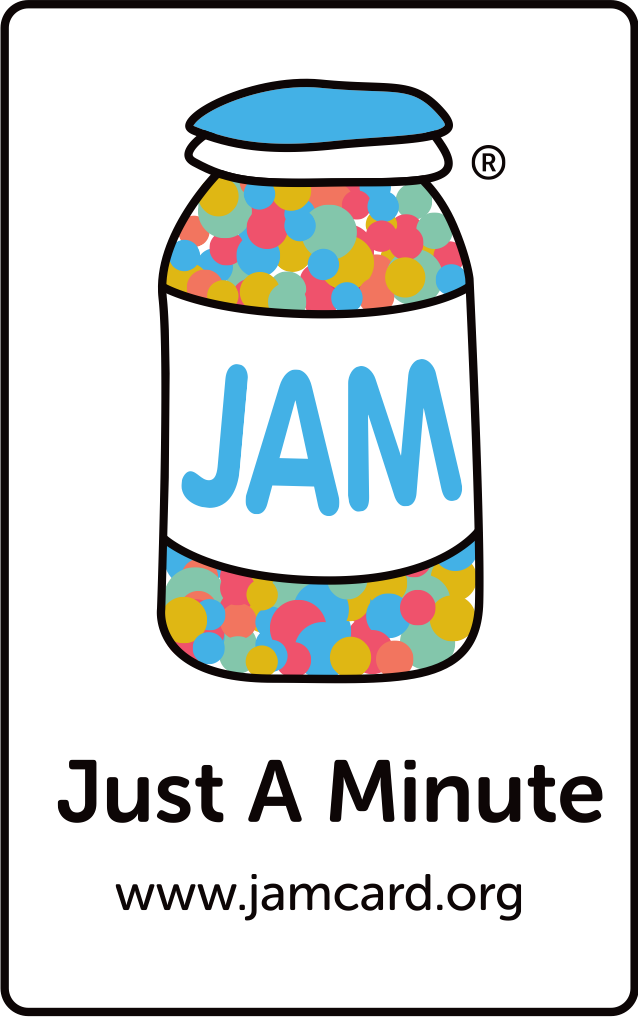Meet the scientist protecting you from asteroid strikes
QUB’s Professor Alan Fitzsimmons has previously been described as “the rockstar of space in Northern Ireland.” It is true that he specialises […]
May 30, 2019
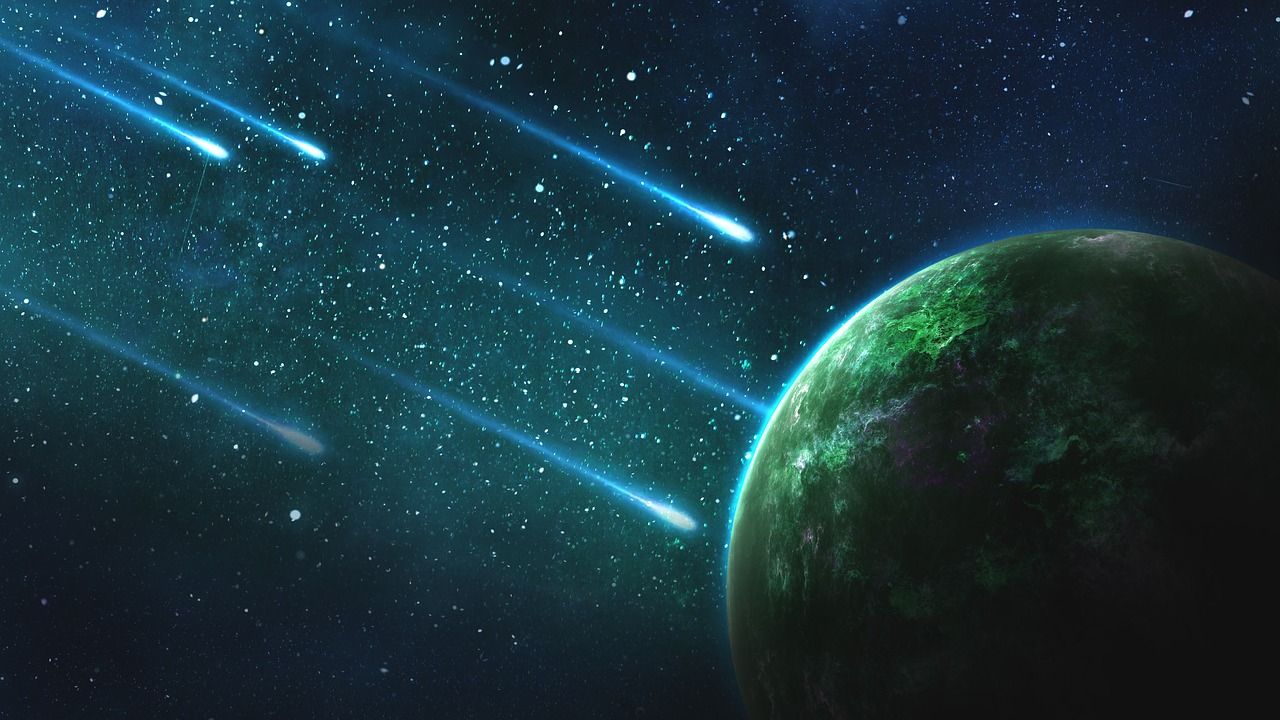
QUB’s Professor Alan Fitzsimmons has previously been described as “the rockstar of space in Northern Ireland.” It is true that he specialises in rocks. (Space rocks). So I asked him what he thought.
With his characteristic easy demeanour, Prof Fitzsimmons laughed, and said, “I’m not at all. There are 35 to 40 astronomers here [at Queen’s Astrophysics Research Centre] going from PhD students right up to professors, and they’re all doing incredible, really interesting research. It’s the largest astrophysical centre on the island of Ireland.”
Similar to Professor Brian Cox, Prof Fitzsimmons is able to deconstruct some very complicated Space topics and make them accessible in everyday life. His enthusiasm for the subject is contagious.
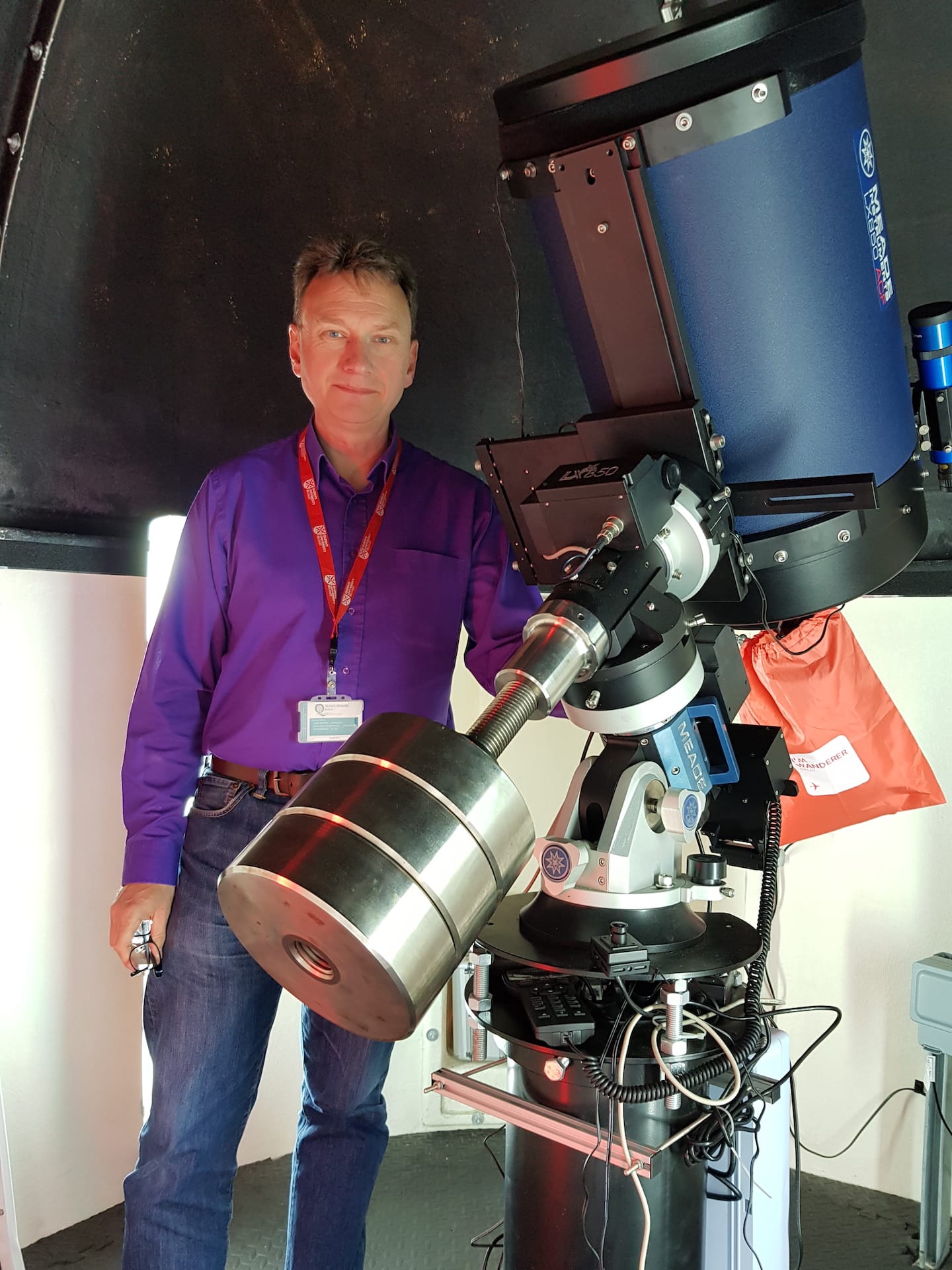
His expertise lies in near-Earth objects – and on the day we met, Prof Fitzsimmons had just identified a previously unknown asteroid. He had been reviewing data from the Asteroid Terrestrial Last Impact Alert System (ATLAS) project, spearheaded by NASA-funded scientists in Hawaii. Images from two gigantic telescopes – and some of the largest cameras in the world – take pictures of the sky every night, to track moving objects.
The end game? To ensure humankind doesn’t go extinct from an asteroid strike. But Prof Fitzsimmons says, “You only need an asteroid that’s about one kilometre across to cause global devastation, if it were to hit Earth.”
Is it possible to predict statistically when the next asteroid will hit us?
“Asteroids the size of what hit us 66m years ago only hit us once every 100m years – and those are so bright in the sky, that we have found them all. There are none hiding out there.”
That’s comforting, since 75 per cent of plant and animal species on Earth, including non-avian dinosaurs, are thought to have gone extinct from that impact.
He says, “It’s the small objects now that we’re worried about – Mother Nature makes more small objects than big objects.”
The evolution of technology has had an impact, he says. “Telescopes and cameras are far more sensitive today – every day we find new near-Earth asteroids. We track them in a huge global database, and all of the data is freely available on the internet. Over the next few years we should approach 100 per cent of 1km asteroids being found.”
He goes on, “If we were to be in the path of a near-Earth object, there are direct lines of contact to the UN and national governments – there are very rapid means of disaster communication.”
To demonstrate the risk, Prof Fitzsimmons shows me a picture of what’s known simply as “Meteor Crater” – a hole in the Arizona desert, one-mile in diameter, from an asteroid strike 50,000 years ago.
What’s the difference between an asteroid and a meteorite?
“An asteroid is generally a lump of rock, smaller than a planet, orbiting the sun.”
In terms of size, he says, “There are a few asteroids that are hundreds of kilometres across, and about one million that are one kilometre across and larger”.
“If I can wrap my hands around it, it’s smaller than an asteroid.”
He goes on, “A meteorite is a fragment of an asteroid that has broken up in the atmosphere and landed on Earth.”
What’s valuable in asteroids that startup mining companies are after?
“If rare-earth elements continue to be something we want, asteroids are a great source of these. These elements are difficult to mine on Earth because our remaining sources are buried deep in the ground, but asteroids are constituted differently and these elements are right there on the surface.”
Will humans land on asteroids?
“Maybe 50 years from now, but for now it will be autonomous probes.”
Why is astronomy so trendy?
“There’s a visual impact of astronomy – it produces some astounding imagery – that other areas in science don’t benefit from.”
Can near-Earth objects give us the answer to whether there’s life on other planets?
“The short answer is no. Most small asteroids have come to us from the main asteroid belt between Mars and Jupiter – and they give clues as to how our solar system formed 4.6 billion years ago.”
What is most exciting in your field right now?
Prof Fitzsimmons directed me towards several ongoing developments in space research – constituting some very real career paths for young people interested in space:
- NASA’s Osiris-REx mission and Japan’s Hayabusa2 mission – “Both missions will bring back pieces of asteroids to Earth”
- NASA’s DART and ESA’s joint HERA mission – “An asteroid deflection probe will be launched by NASA and then the European-funded HERA probe will go up to investigate precisely what happened.”
- Planetary Defense Conference – “It meets every two years and includes a hypothetical disaster scenario of an asteroid on a path towards Earth”
- The Large Synoptic Survey Telescope will give the deepest and widest image of the universe when it’s ready in three years. “Every night it will have the power to discover 10m new objects. How will we cope with that firehose of data?”
- “And finally the successor to the Hubble Space telescope – the James Webb Space Telescope – will be launched in 2021.”
